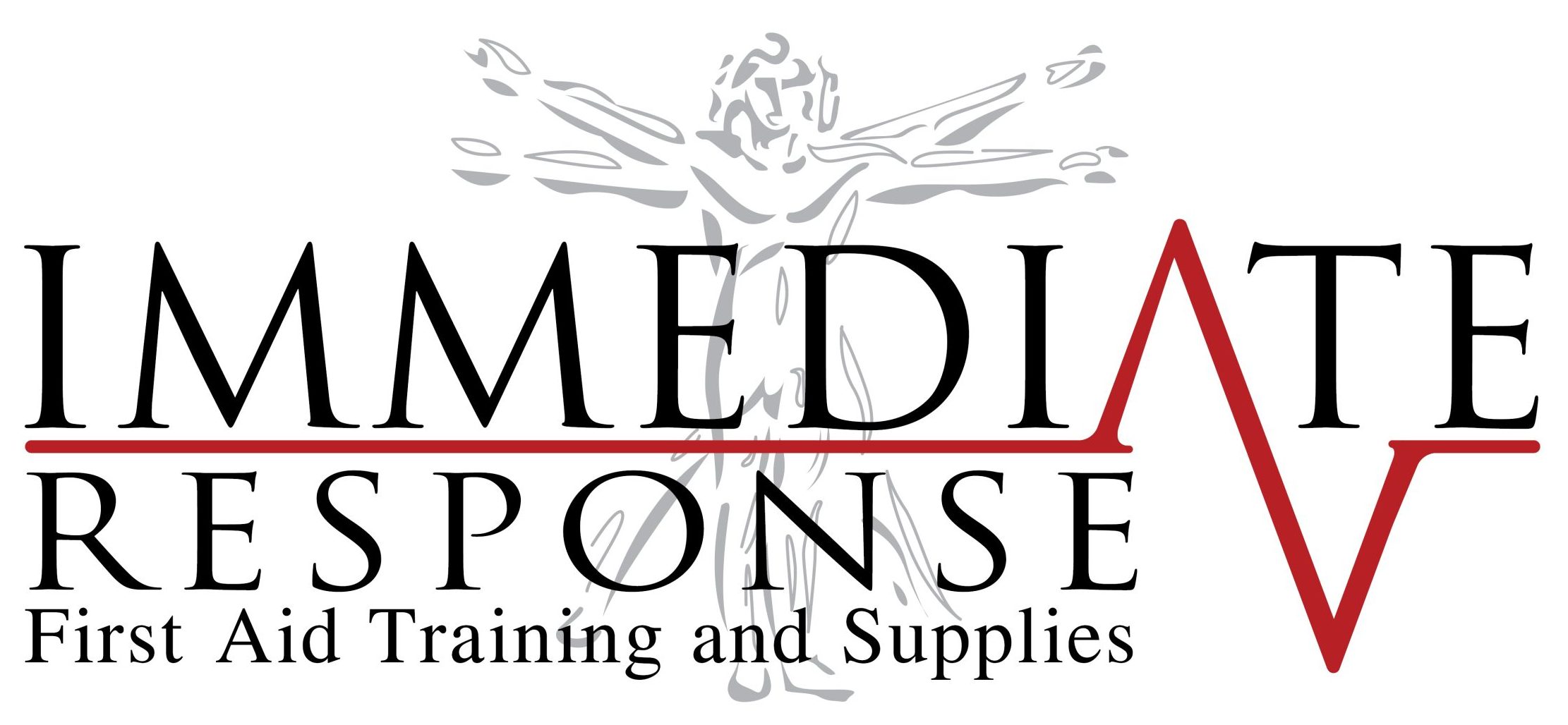What are the main aims of First Aid?
The main aims of first aid are to preserve life, protect the casualty from further harm, provide pain relief, prevent the injury or illness from becoming worse and to provide reassurance.
Legal Considerations
Duty of Care
 Prudent and reasonable in the circumstances.
Prudent and reasonable in the circumstances.
 In the best interests of the casualty.
In the best interests of the casualty.
 Based on skills and knowledge acquired in formal first aid training.
Based on skills and knowledge acquired in formal first aid training.
 Unlikely to make the casualty’s condition worse.
Unlikely to make the casualty’s condition worse.
Once you commence first aid treatment you have taken on a Duty of Care and you must continue until:
 Someone with more qualifications arrives to help e.g. ambulance personnel, medical professional.
Someone with more qualifications arrives to help e.g. ambulance personnel, medical professional.
 The casualty no longer requires treatment.
The casualty no longer requires treatment.
 You are no longer physically capable of providing first aid.
You are no longer physically capable of providing first aid.
 The scene becomes unsafe.
The scene becomes unsafe.
Consent
Before providing first aid to a casualty you must obtain their consent. If the casualty is unconscious or is unable to give consent due to their injuries then consent is assumed and you should commence first aid treatment. If the casualty is conscious and appears to be in sound mind then they have the right to refuse your offer of assistance and any first aid treatment.
If the casualty is less than 18 years of age consent should be obtained from a parent or guardian. However, if no parent or guardian is present then consent is assumed and you can commence first aid treatment.
When approaching a casualty the first aider needs to offer reassurance, be sensitive and display respectful behaviour by being considerate of:
Age
Gender
Cultural background
and be sensitive to any special needs.
Recording
A first aider should always make notes or fill out a first aid report on all events of an incident no matter how minor the incident or first aid provided. This will help them to remember the incident at a future time if required. If you are a first aider in a workplace your reporting obligations are greater under your State or Territories Occupational Health and Safety legislation. Any notes or reports can be used in a court of law. Ensure all documentation is accurate and factual, based on observations and not opinion.
 Use ink and not pencil.
Use ink and not pencil. Amend any errors by drawing a single line through the error and initialing.
Amend any errors by drawing a single line through the error and initialing. Never use correction fluid/tape to correct mistakes.
Never use correction fluid/tape to correct mistakes. Date and time of the incident.
Date and time of the incident. Brief personal details – name, address, date of birth.
Brief personal details – name, address, date of birth. History of illness or injury.
History of illness or injury. Observations – signs, symptoms, vital signs.
Observations – signs, symptoms, vital signs. All notes should be legible.
All notes should be legible.Define respectful behaviour
A first aider should at all times demonstrate respectful behaviour to the causality.
A first aid should never make judgments of the person he/she is caring for.
Try to build a respectful relationship by asking the causality their name, ensure that you have been provided with consent before touching them. Explain your actions before doing anything. Listen to how they are feeling. If possible have another person “chaperone” when assisting with children under the age of 18.
Privacy and Confidentiality
All personal information regarding a casualty is considered to be confidential, including details of the illness or injury, treatment and medical history. In a workplace environment disclosure of personal information without the individual’s prior consent is unethical and in many cases illegal. The details of the incident can be shared with others if there has been consent provided from the casualty.
First Aid in the Workplace
Risk Assessment
Australian Standard ISO 31000:2018 – Risk Management
 Identify the hazards that may cause an injury or illness.
Identify the hazards that may cause an injury or illness.
 Assess the risk, type and extent of work injuries and work caused illnesses that may occur.
Assess the risk, type and extent of work injuries and work caused illnesses that may occur.
 Decide on the appropriate first aid equipment, facilities, services to address the injuries or illnesses:
Decide on the appropriate first aid equipment, facilities, services to address the injuries or illnesses:
-
- a workplace with a large physical area may need first aid kits to be available in more than one location.
- a workplace that is some distance from medical facilities and/or has access problems may need people with advanced first aid training.
 Implement the chosen first aid equipment, facilities and services to effectively manage the injuries and illnesses.
Implement the chosen first aid equipment, facilities and services to effectively manage the injuries and illnesses.
 Monitor and review first aid equipment, facilities and services to ensure they continue to meet requirements.
Monitor and review first aid equipment, facilities and services to ensure they continue to meet requirements.
Following a workplace incident, the incident report will also help to ensure a safe workplace by reviewing the incident and competing a risk assessment to avoid further issues.

